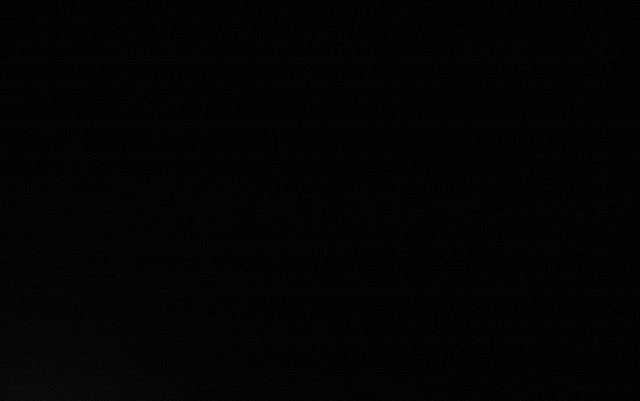

Only turn this up to where it needs to be once your other settings (aperture and shutter speed) are locked in. High ISOs can introduce noise and also reduce detail and dynamic range, so to get the highest quality photograph possible commonly held wisdom is to keep this as low as you can. You can take consecutive images automatically with the use of an external intervalometer that plugs into the camera, or if your camera has it, using the built-in interval timer feature.
#FUJI DEVO DARK NOISE SOFTWARE#
We find it's better to capture several shorter exposures over a period of time to then combine them in image editing software in post-production.

Say star trails are what you're after though, well, shutter speeds over three or four minutes are still difficult to achieve due to thermal interference caused by things like post-process heating and other factors (although it's possible with the right kit). If you're taking longer exposures and want to keep things sharp, you'll need a star tracker. If you're capturing the milky way with a wide-angle lens then up to 25-30 seconds will be fine before you start to notice planetary motion blur as the earth rotates, after this the stars will start to form trails in the sky making things a bit messy. The shutter speed you set depends entirely on the type of astro work you're doing. Narrow apertures restrict light so we need to keep this as wide as possible - most are shot with an aperture no narrower than f/4 (which is often the widest for most kit lenses).
#FUJI DEVO DARK NOISE ISO#
What we should aim to do in astro work is to keep noise to a minimum by balancing the three parameters of the exposure triangle: aperture, shutter speed, and ISO sensitivity. If you’re travelling some distance on foot then look for a lightweight tripod such as one made from carbon fiber - like the Benro Mach3 TMA37C (opens in new tab) - and don’t forget that you’ll need a decent, adjustable ballhead to allow you to tilt your camera as needed. By keeping the camera still we are able to shoot long exposures, get more light onto the sensor, and can therefore lower the ISO sensitivity. A good tripod forms a stable, sturdy base on which to plant your camera. You would never leave home to photograph the stars without your camera but another essential piece of kit is a decent tripod. Most camera manufacturers and third party lens producers offer these standard types of zoom lenses, but they are expensive - especially when you add in the cost of a star tracker too. Telephoto lenses with wide apertures such as a 70-200mm f/2.8 are also a good option but remember to use a star-tracker on your tripod to move your camera in-time with the earth’s rotation to avoid motion blur and star trails during long exposures. Ultra wide-angles are also helpful for wider views still, such as the Nikon 14-24mm f/2.8 (opens in new tab) or the Canon 14mm f/2.8L (opens in new tab). We'd recommend something like a 24-70mm f/2.8 lens if you’re getting started because it gives flexibility in composition with the zoom focal length range but it also offers a generous wide aperture to maximize light input. More light through the lens means we can keep other settings such as exposure length and ISO sensitivity to a minimum to enhance the quality of our image. That's why it's a good idea to choose a lens with a wide maximum aperture, something like f/2.8 or wider will do. In astrophotography we're constantly capturing dim, distant stars that are millions of light years away, so we need to reduce obstructions of that light as it passes through the lens and onto the image sensor. However, if you want to get into deep-field astro without buying one of the best telescopes (opens in new tab) around (which tend to be expensive) then a telephoto lens might be what you’re after. The ideal lens for astrophotography is one that suits your individual needs, so if you prefer to shoot night skies with landscape views a wide-angle lens might be your best option to fit everything in one shot. However, older models such as the Nikon D750 (opens in new tab), and the D810A (opens in new tab) (another astro specialist camera) are also good for those on a budget. Some good recent examples of cameras ideal for astrophotography are: the Canon EOS Ra (an astro specialist), Sony A7 III (opens in new tab) or Nikon Z6 (both have incredible high ISO performance), and the FujiFilm X-T4 (opens in new tab)(good all-rounder).


 0 kommentar(er)
0 kommentar(er)
